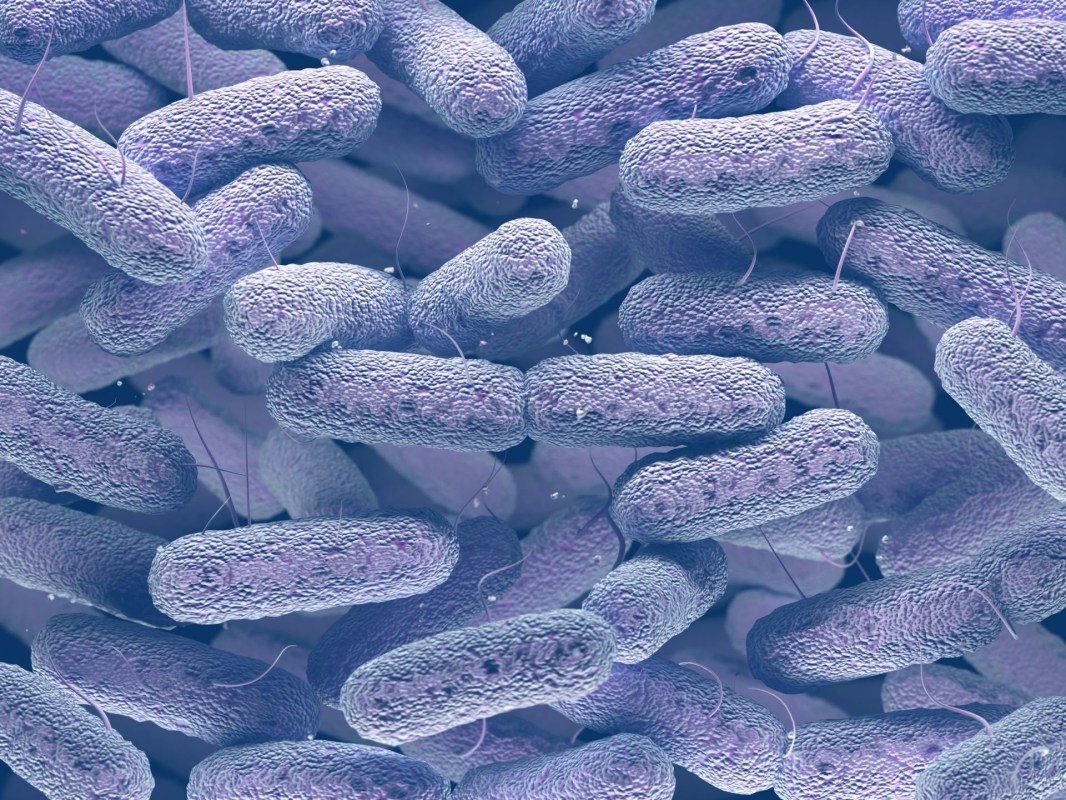It's a magical time for clean energy production. Methods like wind and solar power are leading the way, but they may soon have competition because — similar to a magician pulling a rabbit out of a hat — scientists in Australia have found a way to pull electricity out of thin air.
The magicians in this story are Dr. Rhys Grinter, Ph.D. student Ashleigh Kropp, and Professor Chris Greening from the Monash University Biomedicine Discovery Institute in Melbourne, Australia. The scientific journal, Nature, published their findings.
But this is no children's magic trick. These scientists produced and analyzed a hydrogen-consuming enzyme from a common soil bacterium. The enzyme, called Huc, pulls hydrogen from the atmosphere and converts it into electricity.
Finding alternative power sources is crucial as we work to move away from dirty energy. Mining, drilling, and burning dirty energy sources like coal, crude oil, and natural gas create numerous problems for our health and the planet.
Burning these dirty energy sources leads to the production of the gases that are the main contributors to overheating our planet — while mining and drilling for those resources leads to water and air pollution that endangers our health and the health of plants and animals. Not to mention, the dangerous extraction methods are detrimental to the health of the people directly involved.
Finding a natural source of electricity that is clean and renewable is exciting news and a big step in the direction away from dirty energy — and toward a cleaner, cooler planet.
The Australian researchers extracted the Huc enzyme from a bacterium called Mycobacterium smegmatis. It turns out that many bacteria can utilize hydrogen from the atmosphere as an energy source, even in nutrient-poor environments.
"We've known for some time that bacteria can use the trace hydrogen in the air as a source of energy to help them grow and survive, including in Antarctic soils, volcanic craters, and the deep ocean," Professor Greening said. "But we didn't know how they did this until now."
Not only can Huc turn trace amounts of hydrogen into electric currents, but Kropp's work shows that purified Huc can be stored for long periods of time.
"It is astonishingly stable. It is possible to freeze the enzyme or heat it to 80 degrees Celsius [176 degrees Fahrenheit], and it retains its power to generate energy," Kropp said. "This reflects that this enzyme helps bacteria to survive in the most extreme environments."
The magical story of Huc keeps getting better, as the bacteria that produce the enzyme can be grown in large quantities, making it a very sustainable resource — like pulling an endless amount of rabbits out of a hat.
While it's early in the research process, this discovery could be a significant breakthrough in clean energy. The next step is producing Huc on a large scale, and at that point, as Dr. Grinter put it, "the sky is quite literally the limit for using it to produce clean energy."
Join our free newsletter for weekly updates on the coolest innovations improving our lives and saving our planet.









